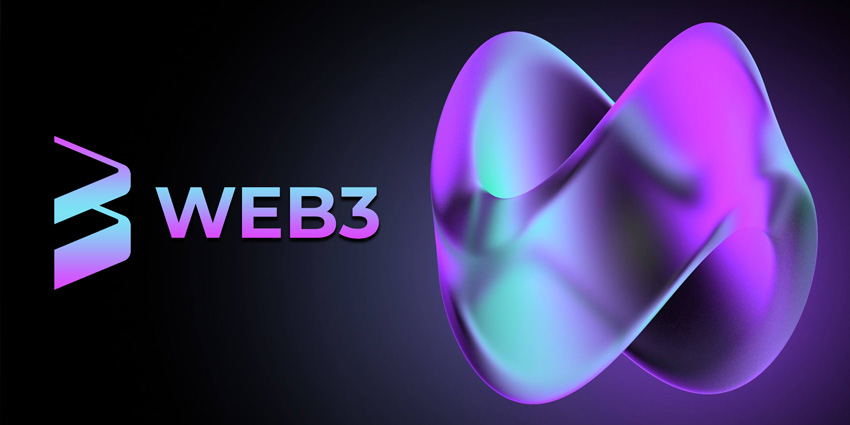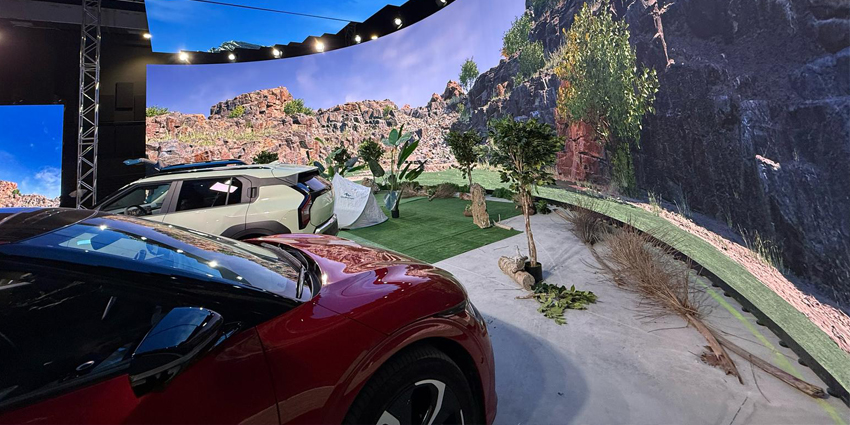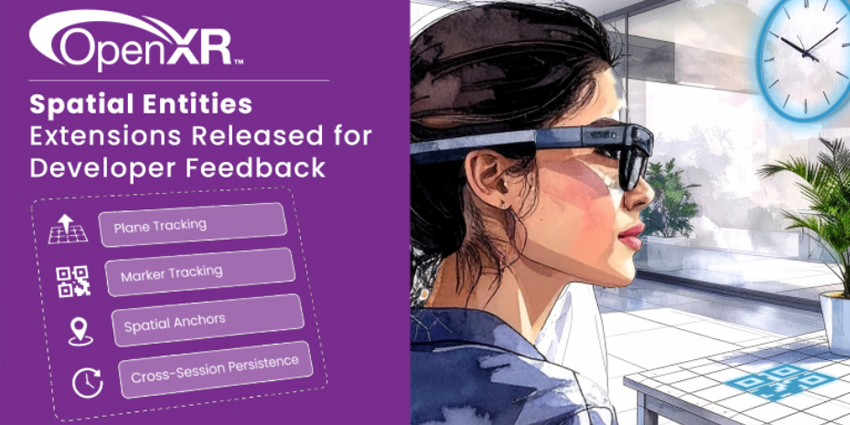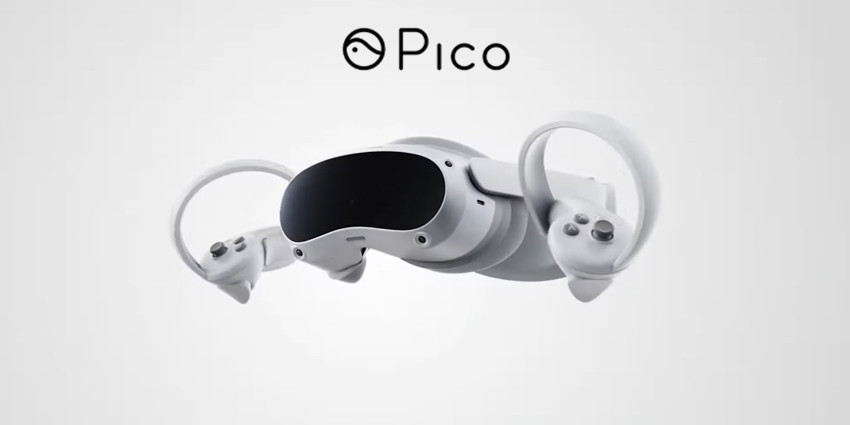Web3 and the Metaverse were 2022’s significant tech trends. Meanwhile, in 2023 technology like Chat GPT has taken some of the attention away from immersive content distribution and services.
While the hype for Web3 may have slowed somewhat. Many solutions providers are leveraging Web3 and Metaverse technology to provide consumer and enterprise-grade solutions going into 2023.
Web3 is the third generation of the internet, following Web2, which brought increased usability and leveraged user-generated content (UGC). The tech expands further upon Web2’s innovation by introducing services and tools to create a digital ecosystem of 3D UGC.
Web3 services introduce integrated technologies, enabling developers to access new online landscapes. Many elements contribute to Web3’s infrastructure, notably real-time 3D (RT3D) augmented, virtual, mixed reality (AR/VR/MR) immersive experiences.
Although extended reality (XR) and Web3 experiences exist thanks to other integrated elements like AI, Machine Learning, Blockchain, and Geo-tagged content. Moreover, Web3 is sustained by increasingly powerful hardware like smart glasses.
As AR hardware designers work to increase smart glasses’ connectivity, portability, and usability. Web3 service will gain improved interoperable distribution, which could secure its future as a tangible communication development.
For Enterprise
The interoperability and transparency of UGC will enable a fully-fledged Web3 landscape.
Metaverse services are an emerging Web3 technology which allows users to socialize in a shared RT3D immersive space. Most Metaverse platforms feature a deep UGC ecosystem that promotes developers, brands, and enterprises to adopt bespoke Web3 content.
Metaverse services like Meta’s Horizon, the upcoming Pico Worlds, and The Sandbox features Web3 UGC. Enterprise clients adopt Web3 immersive services to serve modern remote work environments. Additionally, Metaverse platforms like Engage XR and Virbela focus on enterprise collaboration.
Additionally, Web3’s influence is felt within the growing industrial Metaverse space led by Lenovo, Nokia, and others. Industrial Metaverse solutions provide enterprise end-users with immersive UGC services such as RT3D content creation tools and cloud streaming to drive business outcomes.
Recently, at NVIDIA’s GTC online in 2023, NVIDIA Founder and CEO Jensen Huang introduced core updates to its Omniverse suite to promote the development of industrial Metaverse solutions. The updates include integrated technologies like AI and digital twins to secure ROI and success based on user-generated immersive workplace solutions.
For Consumers
On the consumer side, many brands and marketing firms use AR-based marketing with great success on platforms like Snapchat and Instagram through AR-lite effects like filters.
Simple AR filters for smartphones drive customer engagement and retention, leading to software development kits (SDKs) designed to effectively create and distribute branded AR content.
Additionally, VR content is becoming a foundation for the Web3 economy. While not as popular as AR marketing campaigns, brands use VR Metaverse platforms to promote upcoming products and campaigns.
Nike is seeing great success with its Roblox collaboration NIKELAND, which also promotes upcoming products and fitness among children with AR/VR multiplayer games that encourage movement. As of September 2022, NIKELAND has roughly 7 million users across 223 countries.
Firms like House of Blueberry are creating Web3-based digital worlds and fashion in 2023 to support user identities, partnering with Roblex, The Sims, and Second Life to diversify immersive experiences for current and future metaverse users.
True Ubiquity
True ubiquity is a direction which has already seen significant progress. Web3 entails that access will be universal and ubiquitous across regions, networks, and devices.
More and more Web3 development studios are distributing their services across various devices, like smart glasses, smartphones, and headsets.
In future, device reach will make Web3 available across wearables, intelligent appliances, AR/VR gear, IoT interfaces, smart cars, and more.
Also, firms like RealWear and Arvizio offer hardware-agnostic solutions that prompt cross-platform industry 4.0 work procedures.
Reliance on 3D Graphics
Spatial computing incorporates elements to create an immersive environment full of interactable assets for users to access applications and services.
Integrated spatial computing technology includes RT3D AR/VR graphics, environmental anchoring, and spatial audio to establish a link between the real world and the Web3 landscape.
RT3D engine providers from leaders like Unreal and Unity are providing enterprise end-users with an accessible Web3 and Metaverse content creation method with an incredible low-skill curve. Many RT3D engines have drag-and-drop functionalities and asset libraries to drive quick Web3 UGC.
Open-source Code
The Web3 community is hotly discussing open-source, or OpenXR, infrastructures. Independent designers and major XR firms like Meta are widely accepting the concept of openXR as the future of immersive design.
Open-source Web3 architecture allows anyone to use, modify, monetize, and extend XR content without restrictions. Additionally, openXR design creates greater transparency for users and companies. Transparency lets individuals access details like transaction history using blockchain technology.
The open-source architecture will also encourage greater accountability, as peer reviews will be more common, therefore growing XR and Web3 design as the marketplace emerges.
User and Creator Incentivisation
Web3 will aim for a better balance in creator economics. The rise of eCommerce technology like NFTs and blockchain presents more opportunities for digital content creators and artists to monetize their creations.
Furthermore, most NFT transactions invite a buyer into an online community, engaging fans with events in the real and virtual world.
Platforms like Meta Horizon, Sandbox, and Fortnite promote live events with influential music and media partners. Virtual live events affordably bring international fans together and let them purchase digital merch.
Meanwhile, the concept of user incentivization does not exist at all. For example, Web3 services may reward users with tokens or cryptocurrency for sharing their data to keep things transparent.
Clear incentivization will be a big part of the Web3 experience to drive stakeholder accountability.
Decentralization and Interoperability
Finally, no single group of organizations will not control Web3. The emerging tech uses blockchain architectures to create a fully decentralized ecosystem.
Additionally, interoperability enables brands and individuals to create applications, systems, and content that can operate across various Metaverse worlds.
Recently Google launched a blockchain to increase Web3 scalability and interoperability by offering easy-to-integrate management tools.
Major XR firm Meta is also championing immersive interoperability. In October 2022, the Menlo Park-based firm partnered with JP Morgan to launch Meta Pay across the banking firm’s ecosystem of eCommerce vendors. The partnership enables Meta to roll out its traditional and crypto checkout option as an interoperable solution ahead of its universal Metaverse ambitions.
What Web3 ISN’T
Web3 is a genuine technology in the making, which is why it is vital to understand that Web3 is not:
- A super-fast AI-powered internet – While Web3 uses AI to make semantic connections, this improves search quality, not speed. 5G will revolutionize internet speeds by enabling smaller and smaller devices to stream increasingly complex RT3D data.
- An utterly virtual universe in VR – The metaverse relates to Web3; the two concepts aren’t the same. Many Web3 services will exist just for AR devices.
- Internet untethered from currently known interfaces – Internet decentralization doesn’t mean it will require different hardware and software. With new interfaces supported, users can continue on the same devices – like Web 1.0 and 2.0.
When Can You Start Using Web3?
Forward-thinking firms and immersive enthusiasts can use Web3 today.
Whether an XR adopter chooses smart glasses or VR hardware. Modern immersive hardware can run applications that significantly increase productivity and remote collaboration.
Users can operate a Meta Quest headset to run a virtual desktop. Also, smart glasses can connect to an external computing device to stream their 2D workstation content as AR visualizations.
The world of Web3 will continue to grow for years to come. Web3 can significantly change how the world works and lives when its shift takes centre stage.







